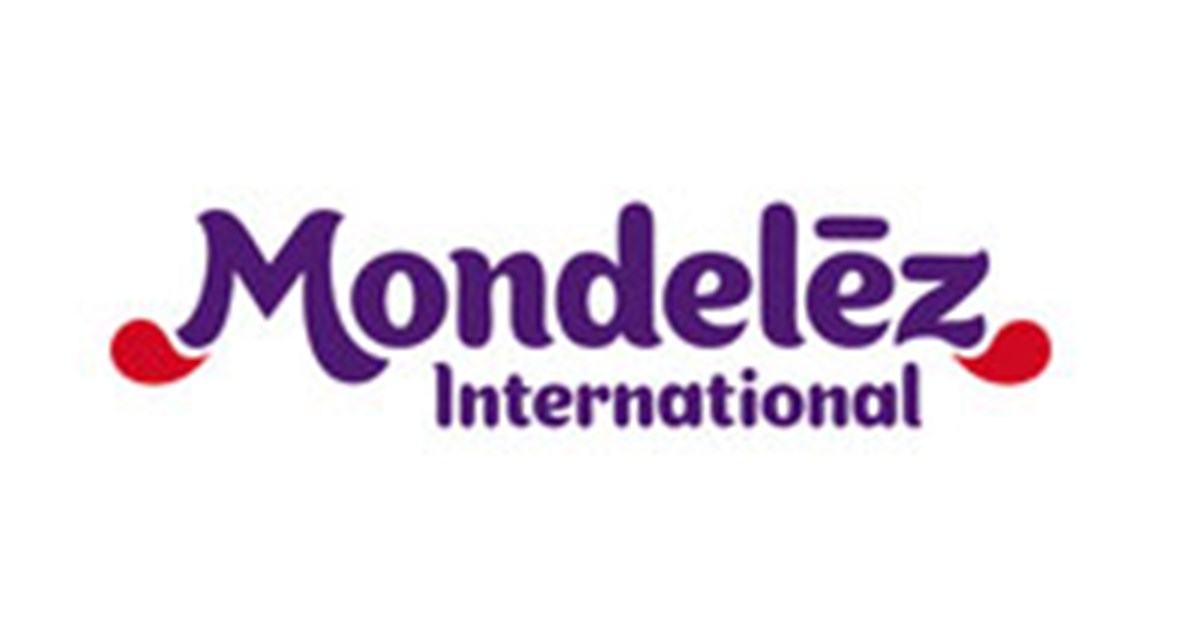Papers & Reports

Subpart F and GILTI Recommendations
The UF Tax Incubator analyzes the roles of subpart F and the global low-taxed income regime under current law and proposes potential reforms to address practical issues and policy concerns.

Taxation of Foreign-Derived Intangible Income
he UF Tax Incubator examines problematic aspects of the foreign-derived intangible income regime and poses questions for Congress to consider as it contemplates U.S. and global tax policy affecting the ownership and development of intangible property.

Power and Expertise in Global Tax Governance
The misconception that the Base Erosion and Profit Shifting (BEPS) project began with the G20 Leaders' endorsement of the OECD's Action Plan in September 2013 highlights a broader tendency to focus on high-profile events rather than the underlying expert work. This focus on prominent events overshadows the contributions of tax experts who shape agendas and prepare foundational documents. These experts’ work, often perceived as mere technicalities, informs political actors who lack the technical skills to fully assess complex tax issues. The article emphasizes the need to recognize the role of experts in global tax governance, a topic often overlooked in legal academic discussions. Ignoring the influence of experts perpetuates the legitimacy deficit in global tax governance, reinforcing global power imbalances.

India’s Pillar Two Pledge May Have Limited Impact, Experts Warn.
With corporate tax rates already exceeding 15%, India will need to think creatively to extract additional revenue through new pillar two rules, India’s planned commitment to the OECD’s global minimum taxation rules is expected to have a limited financial impact, according to local experts.

U.S. Ownership of Foreign Stock: Dividends and Gains on Sale
The UF Tax Incubator explores the operation of section 1248 and what can or should be modified to better reflect its continued relevance, and they examine recent proposals to modify section 245A, with which section 1248 interacts.

U.S. Subsidiaries of Foreign-Based MNEs — BEAT and Section 163
This paper is part of a series of papers by the UF Tax Incubator presented in connection with a symposium hosted by the American Enterprise Institute June 17-18 titled “Complexities, Discontinuities, and Unintended Consequences of U.S. International Tax Rules: Options for Change.” It considers the rules applicable to foreign headquartered multinationals and opportunities for reform.

Interpreting Tax Treaties: The Importance of Post-Treaty Commentary to the OECD Model Tax Convention for Achieving Uniformity and Ensuring the Success of the New International Tax Order
Courts worldwide generally interpret tax treaties more liberally than domestic legislation, often using the OECD Model Tax Convention Commentary for guidance. This article identifies significant issues with how Australian superior courts apply the Commentary. The author argues that the courts' narrow, literal interpretation of tax treaty terms and minimal reliance on the OECD Commentary, particularly regarding the taxation of hybrid entities and double tax relief, undermine the treaties' purposes. He concludes that this approach is similar to treaty override and could jeopardize multilateral efforts to enhance tax certainty and combat base erosion and profit shifting by multinational enterprises.

Mulilateral Tax Reform
Prior to the 19th century, states rarely assisted each other with tax matters due to the emphasis on fiscal sovereignty. The advent of modern income tax introduced double taxation issues, leading to the development of double tax agreements (DTAs). Initial experimental DTAs in the mid-to-late 19th century increased significantly in the early 20th century, with over 3,500 DTAs now in force. Recently, the OECD has promoted multilateral tax treaties, such as the Convention on Mutual Administrative Assistance in Tax Matters and the Multilateral Convention to Implement Tax Treaty Related Measures To Prevent Base Erosion and Profit Shifting, transforming international tax law. The OECD is drafting more treaties under its “two pillar” program for further reform, with many countries agreeing to join. Multilateralism is now viewed by the OECD and its member states as the preferred method for tax system reform, though the success of these efforts remains uncertain.

The Taxation of Robots and Its Global Challenges
Robots are transforming various sectors by performing tasks previously thought impossible to automate, such as medical procedures, driving, and legal research. This rapid development raises concerns about widespread job loss and technological unemployment, prompting global calls for a tax on robots. This paper examines the rationale behind these calls and assesses the possibility of implementing a robot tax. It reviews the international implications of increased robot use and critiques robot tax proposals, highlighting negative policy implications and practical challenges. Concluding that a robot tax is not the optimal solution, the paper suggests alternative strategies for addressing the challenges posed by automation, emphasizing the significant responsibility of policymakers to manage the risks and opportunities of this technological shift.

Revised Draft Terms of Reference for a United Nations Framework Convention on International Tax Cooperation
In preparation for the Second Session of the Ad Hoc Committee to Draft Terms of Reference for a United Nations Framework Convention on International Tax Cooperation, a Bureau’s proposal for the “zero draft ToR” was released for comment on 7 June 2024. This revised draft ToR reflects the Bureau’s efforts to achieve consensus on the draft text to be put before the Committee for discussion.


































